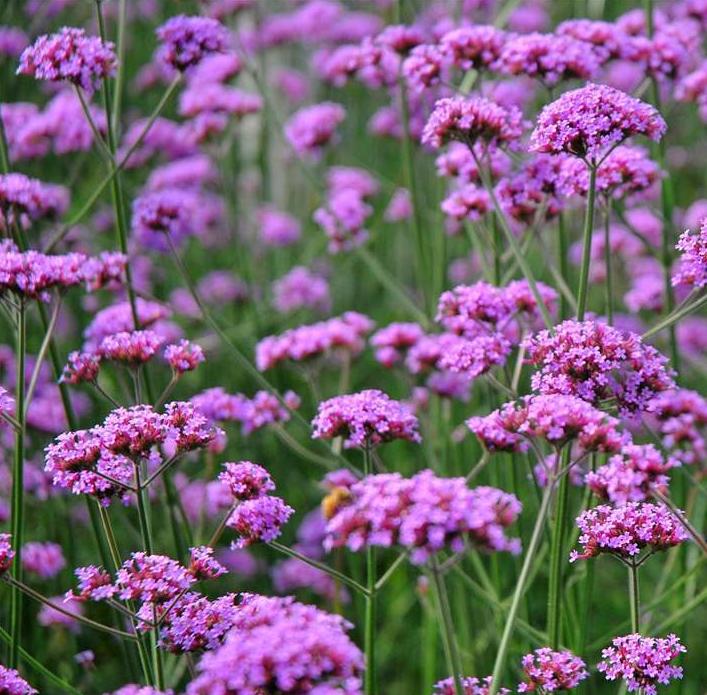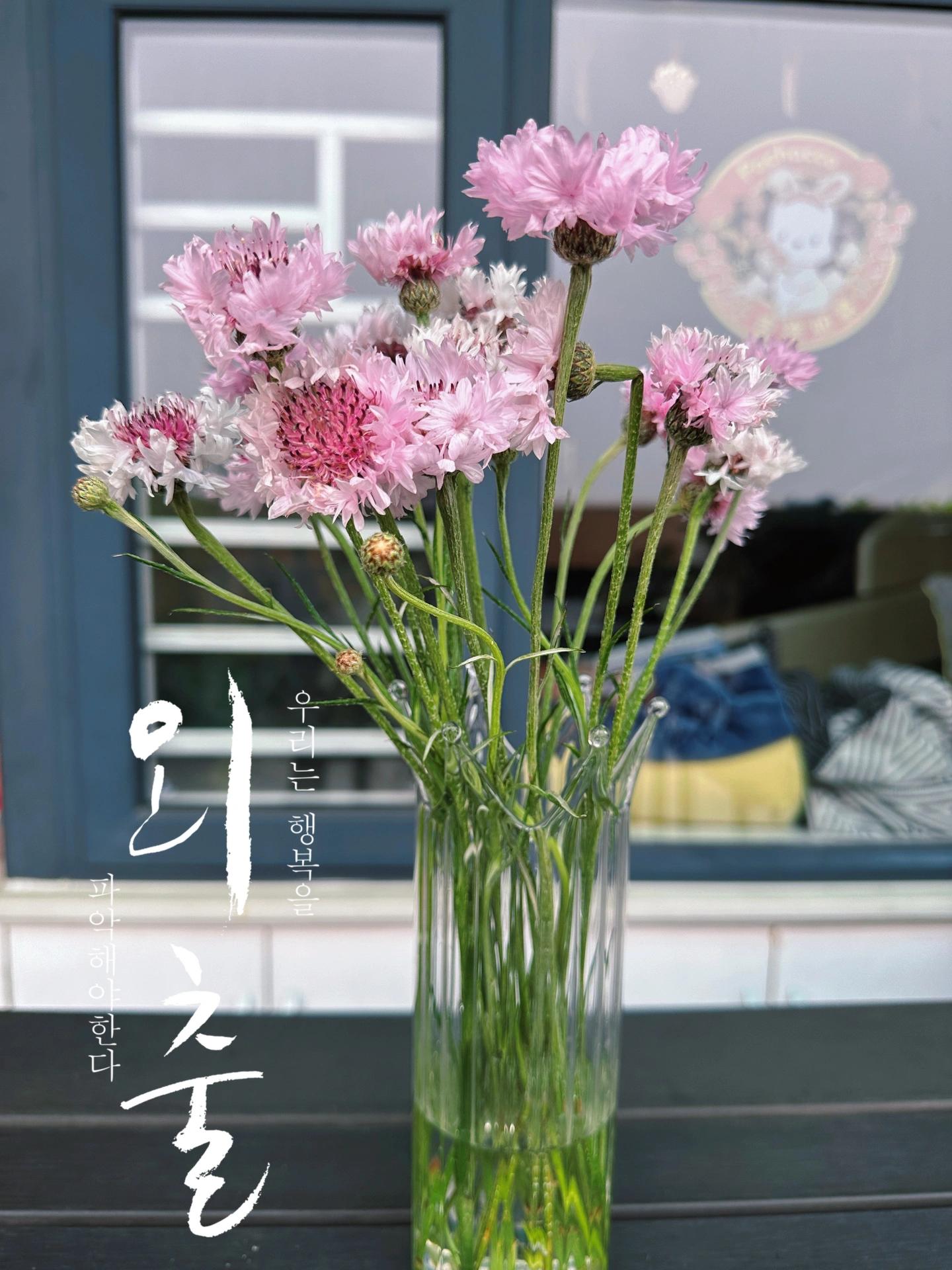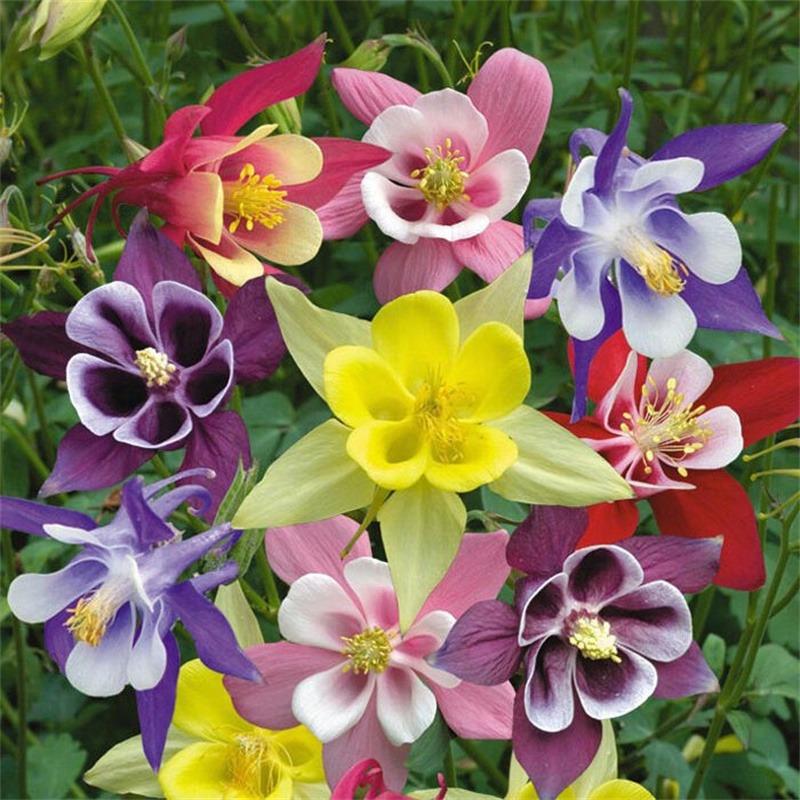Drosophyllum, also known as the Dewy Pine, has an interesting story to tell. This carnivorous plant hails from the Mediterranean region and possesses a unique survival strategy. With its stickiness, it lures unsuspecting insects into its leaves, trapping and digesting them for sustenance. What makes Drosophyllum fascinating is its ability to survive in nutrient-poor soil by deriving nutrients from the insect prey it catches. This plant’s efficient carnivorous adaptation demonstrates nature’s incredible ingenuity and the diverse ways in which life adapts to thrive in challenging environments.
Picture
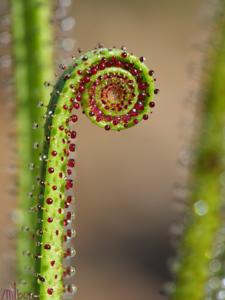
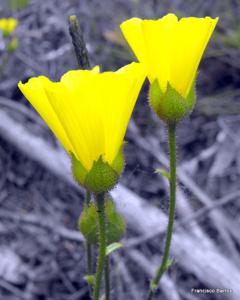
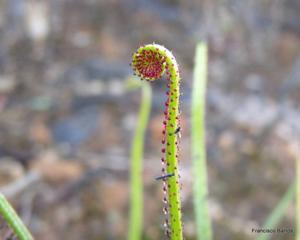
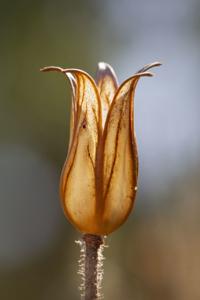
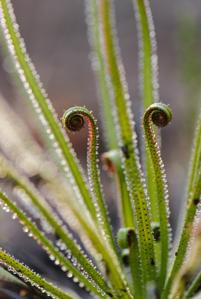
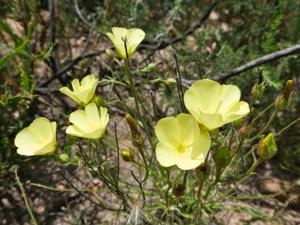
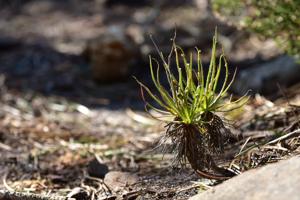
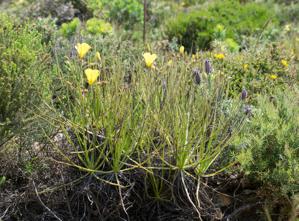
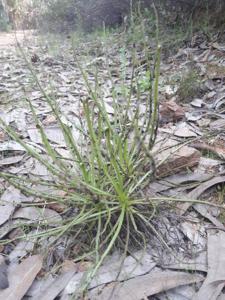
Plant some seeds now!
Short Description
Drosophyllum (/ˌdrɒsoʊˈfɪləm/ DROSS-oh-FIL-əm, rarely /drəˈsɒfɪləm/ drə-SOF-il-əm) is a genus of carnivorous plants containing the single species Drosophyllum lusitanicum, commonly known as Portuguese sundew or dewy pine. In appearance, it is similar to the related genus Drosera (the sundews), and to the much more distantly related Byblis (the rainbow plants).
Description
The mucilaginous glands of the plant
Drosophyllum lusitanicum is a perennial carnivorous plant with woody stems at the base, short, simple or rarely branched, tortuous or erect. Leaves are basal in a dense rosette, sessile, linear, sheathed, circinate, covered with sessile and pedunculated glands. The caulines are sessile, alternate, the upper bracteiform. Flowers are on top, racemiform or corymbiform and bear five 20–30 mm (0.79–1.18 in) yellow petals. The flower calyx has five lobes and is late deciduous. The plant has ten stamens and introrsal anthers. Gynoecium has five carpels. It has five styles, simple; capitate stigma. Fruit is in a unilocular capsule, and is partially divided into five locules, with irregular dehiscence by 3-5 teeth. Seeds are pear-shaped and rough, 2.5–3.0 mm (0.098–0.118 in) in diameter.
The 10–20 cm (3.9–7.9 in) glandular leaves, which uncoil from a central rosette, lack the power of movement common to most sundews, but have the unusual characteristic of coiling ‘outward’ when immature (outward circinate vernation). Seed germination may be aided by scarification.

